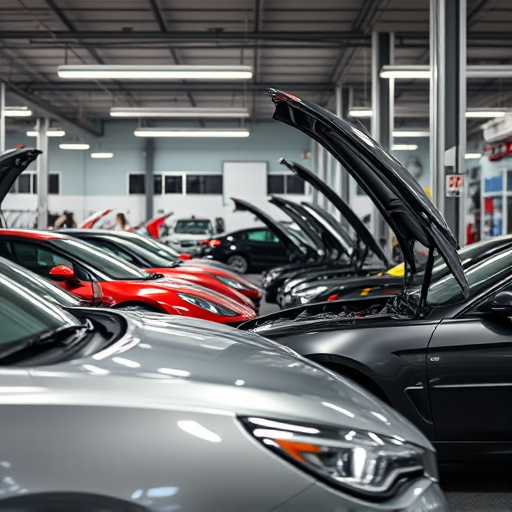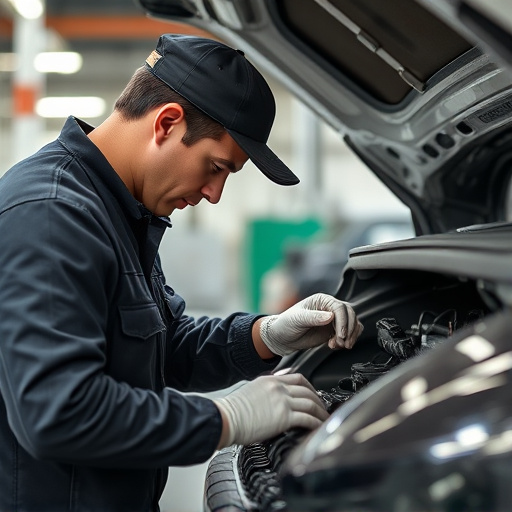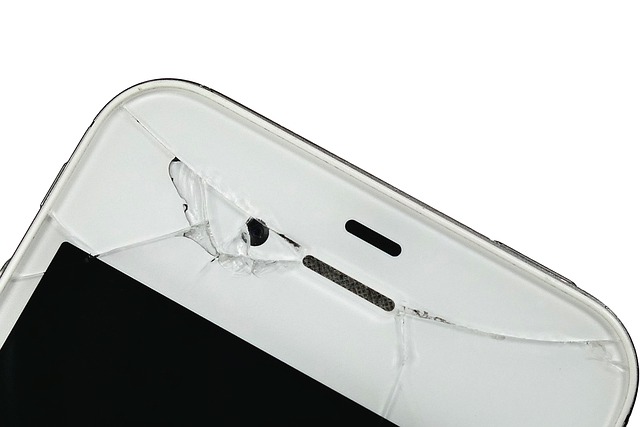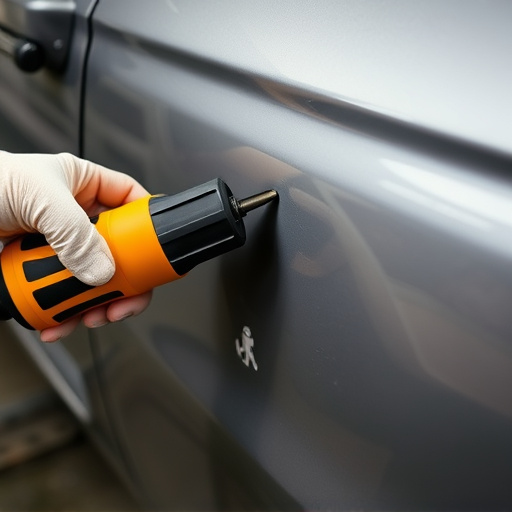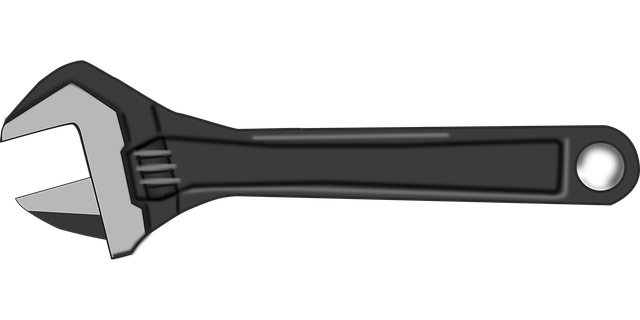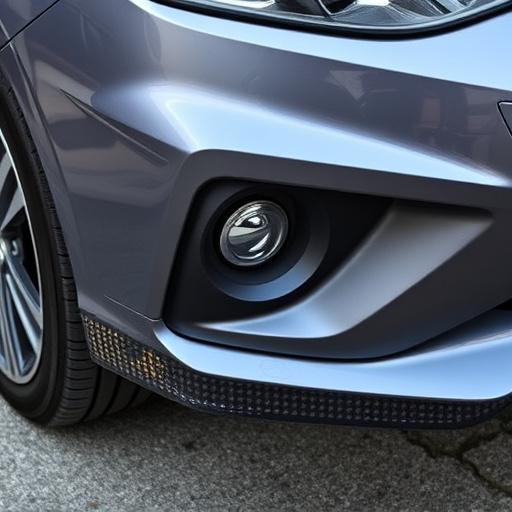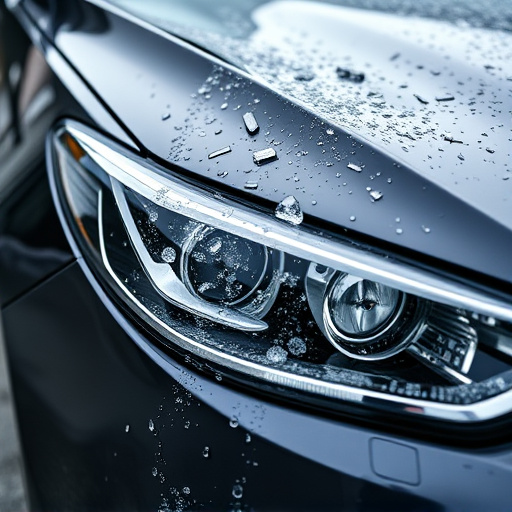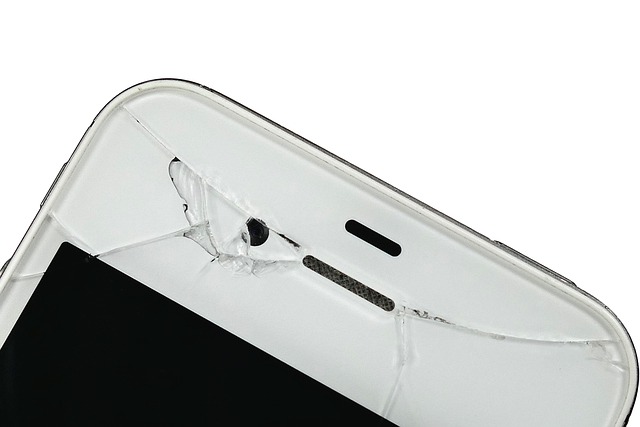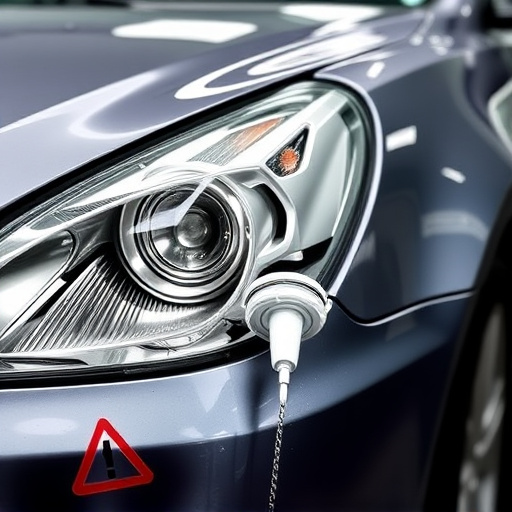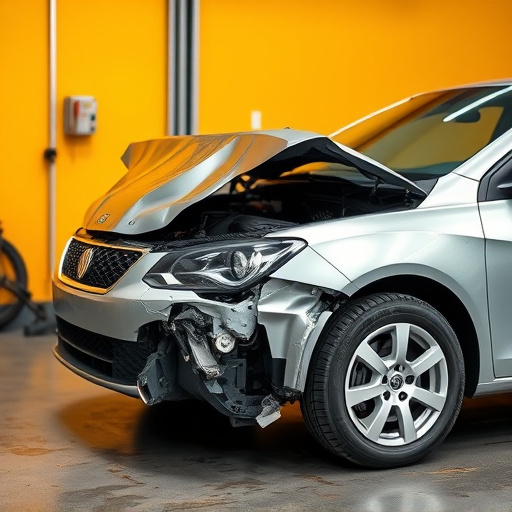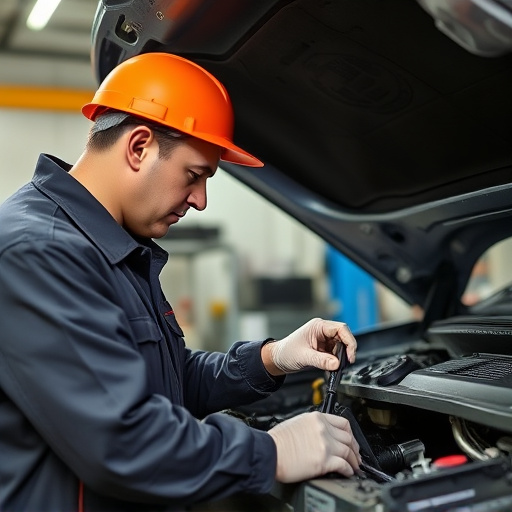Tesla prioritizes exceptional repair quality through a data-driven approach, leveraging key performance indicators (KPIs) like error rates and turnaround times. By setting dynamic benchmarks, continuously training technicians with advanced tools, and fostering feedback loops, Tesla ensures global consistency in service quality. This meticulous strategy aims to restore vehicles to pre-accident condition, enhancing customer satisfaction and solidifying the brand's reputation for excellence in automotive maintenance.
“Tesla vehicles, renowned for their cutting-edge technology, require meticulous repair quality control to maintain their performance and reputation. This article delves into the critical metrics and benchmarks that shape the landscape of Tesla repair standards. We explore how key performance indicators (KPIs) such as repair accuracy and efficiency drive excellence. By setting benchmarks, Tesla ensures its repairs meet exceptional standards, fostering customer satisfaction and loyalty in a highly competitive market.”
- Understanding Tesla Repair Quality Control: The Importance of Metrics
- Key Performance Indicators: Measuring Repair Accuracy and Efficiency
- Setting Benchmarks: Ensuring Superior Tesla Repair Standards
Understanding Tesla Repair Quality Control: The Importance of Metrics
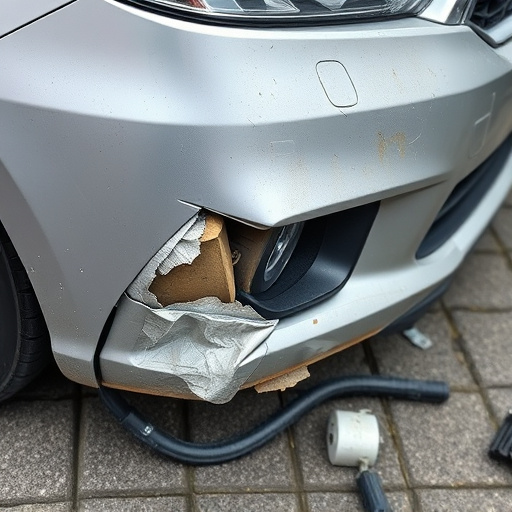
Understanding Tesla Repair Quality Control: The Importance of Metrics
Tesla repair quality control is a multifaceted process designed to ensure that every vehicle leaving the workshop meets the brand’s high standards and customer expectations. This involves a series of key metrics and benchmarks that serve as guidelines for auto repair services, particularly in areas like vehicle bodywork and frame straightening. By establishing measurable criteria, Tesla can maintain consistency across its global service centers, guaranteeing repairs of the highest caliber.
These metrics are crucial in several ways. They enable technicians to assess their work against predetermined standards, fostering a culture of excellence within the organization. For customers, it provides assurance that their vehicles will be restored to pre-accident condition or better. Moreover, regular monitoring of these metrics helps Tesla identify areas for improvement and continually enhance its auto repair services, ensuring customer satisfaction and loyalty in the competitive market of vehicle maintenance and repair.
Key Performance Indicators: Measuring Repair Accuracy and Efficiency
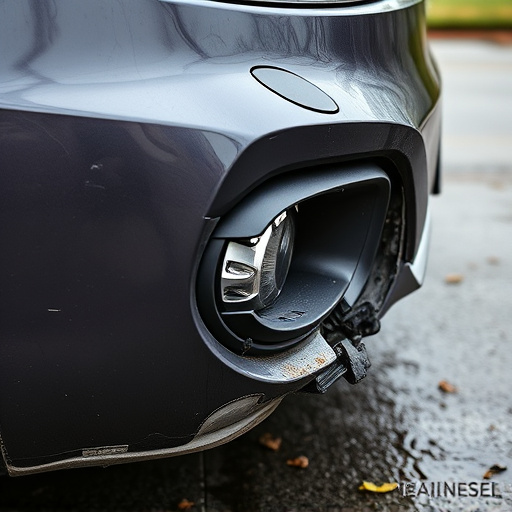
In the realm of Tesla repair quality control, measuring performance is paramount to ensuring customer satisfaction and maintaining the brand’s reputation for excellence. Key Performance Indicators (KPIs) play a crucial role in gauging the accuracy and efficiency of repairs across various services, from auto body repair to auto glass replacement. One such vital KPI is the error rate, which quantifies the number of incorrect or subpar repairs relative to the total volume of work completed. Minimizing this metric requires rigorous training for technicians, adherence to standardized procedures, and regular calibration of equipment.
Another critical aspect is turnaround time, specifically in vehicle repair processes. Efficient workshops prioritize streamlining tasks, from initial assessment to final inspection, to reduce wait times without compromising quality. For instance, efficient auto glass repair can significantly cut down overall vehicle recovery time, enhancing customer experience. By setting benchmarks for these KPIs and continually evaluating performance, Tesla service centers can identify areas of improvement and maintain high standards in their repair quality control efforts.
Setting Benchmarks: Ensuring Superior Tesla Repair Standards
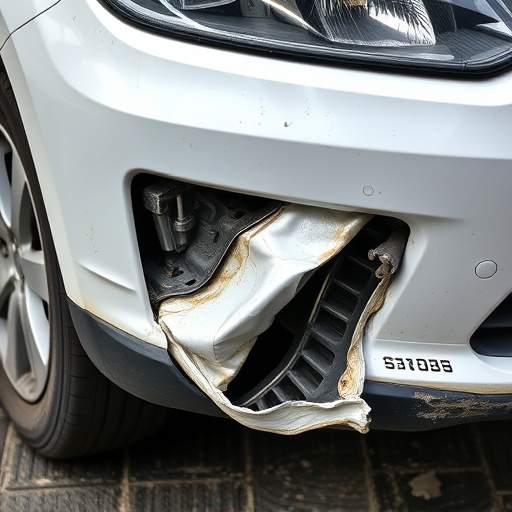
Setting benchmarks is a pivotal aspect of Tesla repair quality control, aiming to uphold the brand’s reputation for excellence. These benchmarks should be dynamic and regularly updated, reflecting the latest advancements in automotive technology and customer expectations. For instance, when it comes to car body repair, precision and restoration to original factory specifications are non-negotiable. Every panel, weld, and finish must meet stringent quality criteria, ensuring the vehicle’s structural integrity and aesthetic appeal remain unparalleled.
Similarly, automotive collision repair standards require a keen eye for detail, especially in color matching and surface smoothness for car paint services. Utilizing advanced diagnostic tools and training technicians on the latest repair techniques are essential steps to achieve these benchmarks. Regular quality assurance checks and customer feedback loops help identify areas for improvement, fostering continuous enhancement in Tesla’s repair processes.
Tesla repair quality control is paramount for maintaining customer satisfaction and vehicle safety. By utilizing key performance indicators (KPIs) such as repair accuracy, cycle time, and customer feedback, automakers can continuously improve their service processes. Setting benchmarks and regularly comparing performance against industry standards ensures that Tesla repairs meet the highest levels of excellence. This proactive approach not only enhances brand reputation but also fosters trust among owners, knowing their vehicles are in capable hands.
